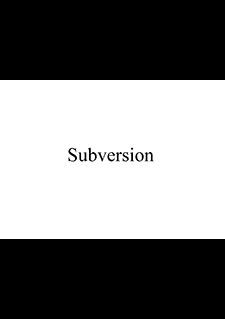Subversion
Once the war had turned in Stalingrad and the military situation grew more and more hopeless, a group of officers finalized plans to eliminate Hitler. Other resistance groups, such as the Freiburg Circle or Kreisau Circle, deliberated on the foundations of Germany’s reorganization after the end of Nazi rule. In their flyers, the members of the “White Rose” called at first for passive and later for active resistance against the Nazi regime.
Apart from these groups, which aimed at a political overthrow and prepared for the time thereafter, courageous individual actions also challenged the state’s claim to totality and sabotaged the domestic stability coerced by the regime by all and every means.
Such actions included protests, such as the letters from Theophil Wurm, Bishop of Württemberg repeatedly addressing various governmental authorities, or aid for victims of persecution, especially for Jews gone underground in order to escape impending deportation and thus certain death. Risking their own lives, individuals provided victims of persecution – called “submarines” – shelter for days, weeks or even months.
Resistance was displayed by individuals who expressed their distance to the Nazi’s ideology that demanded totality by criticizing the regime in public or in circles of likeminded people. Often enough they were betrayed – as was Elisabeth von Thadden –or reported to the authorities– as was Georg Maus –.
The members of the National Committee for “Free Germany” offered resistance from abroad. Held prisoners of war by the Soviets, they called for the overthrow of Hitler and an end to the war in “Free Germany” radio broadcasts and in texts and flyers.

